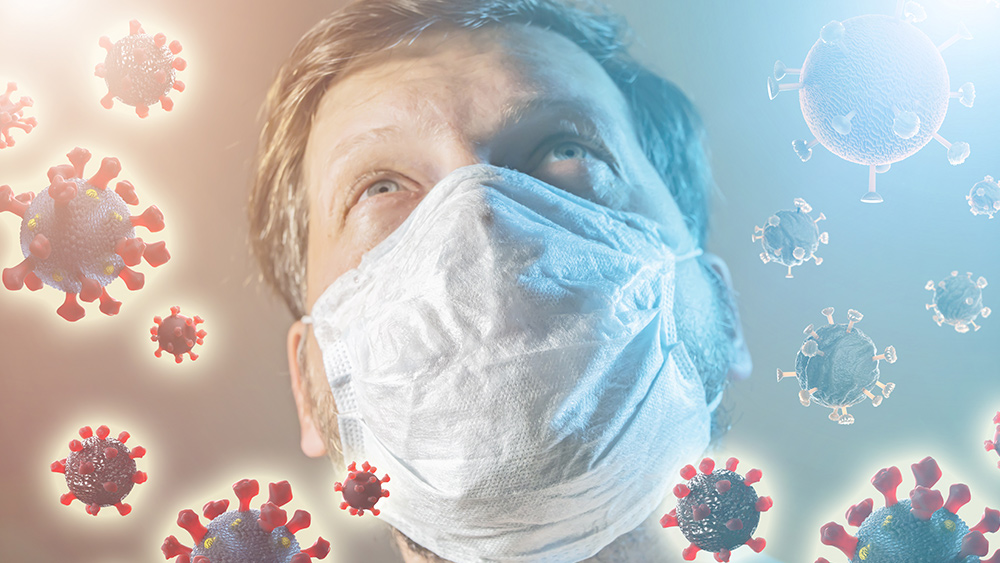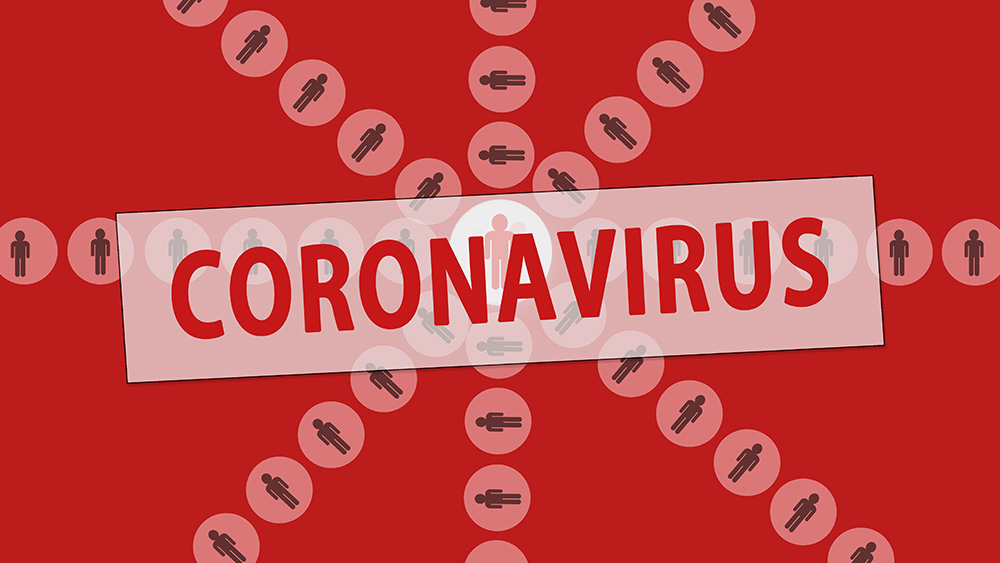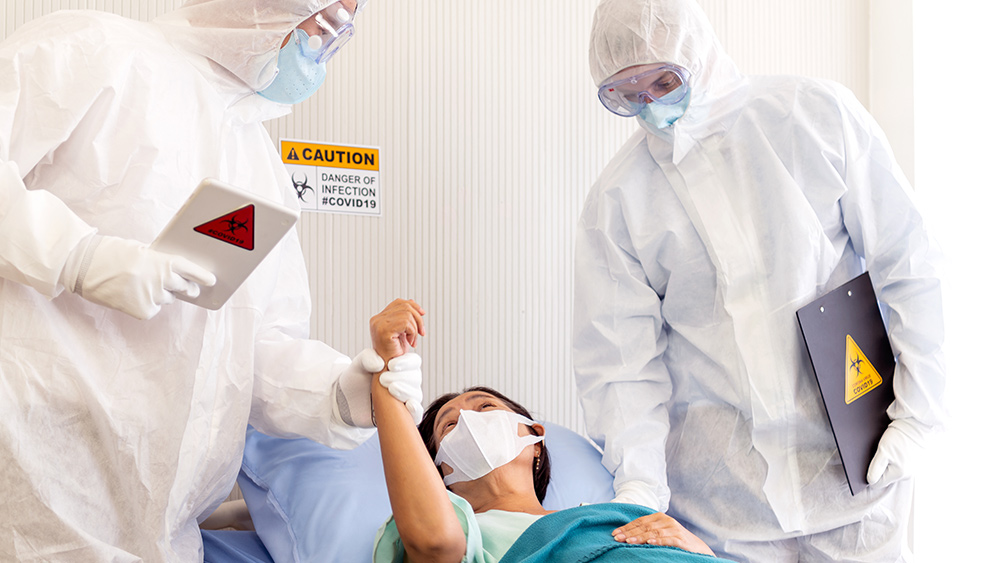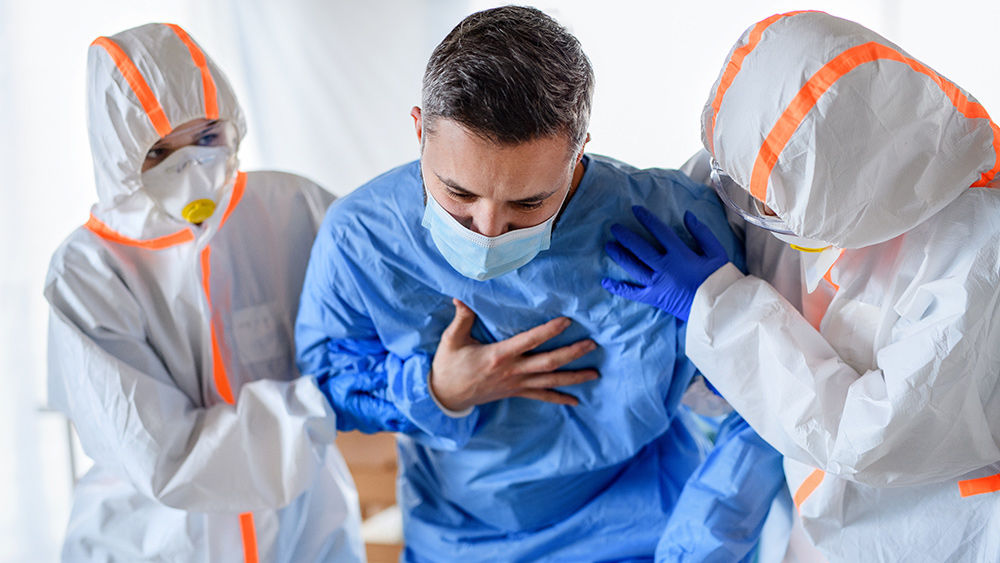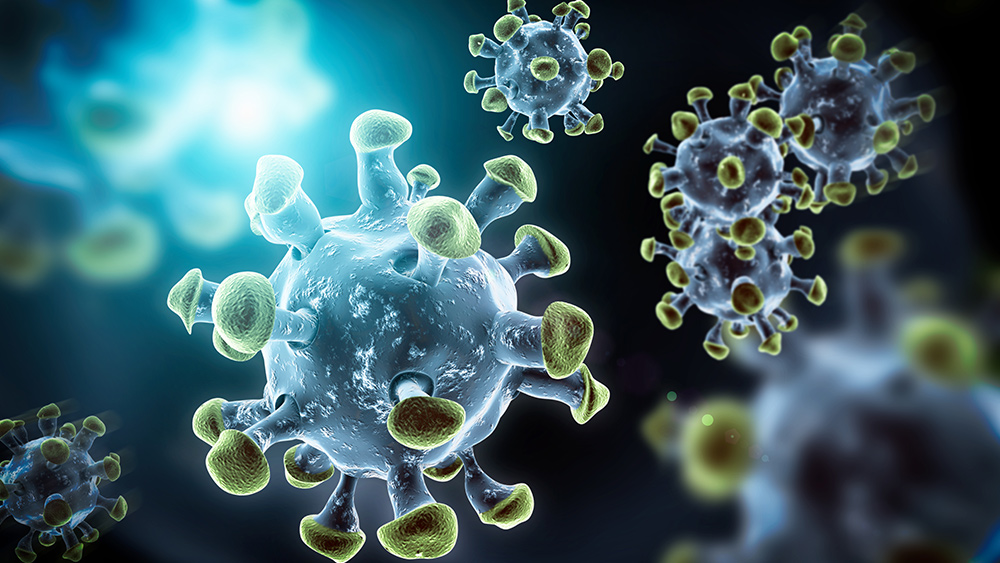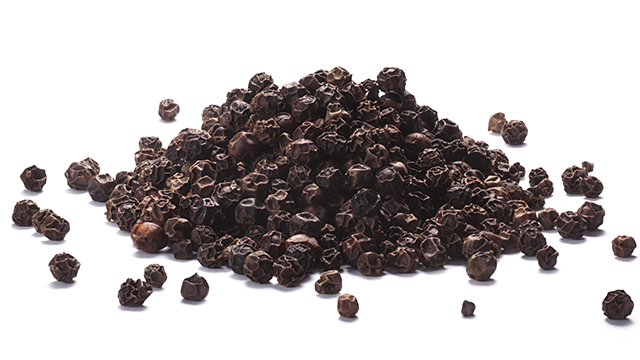Steroid use linked to increased risk of bacterial and viral infections
03/22/2020 / By Michael Alexander
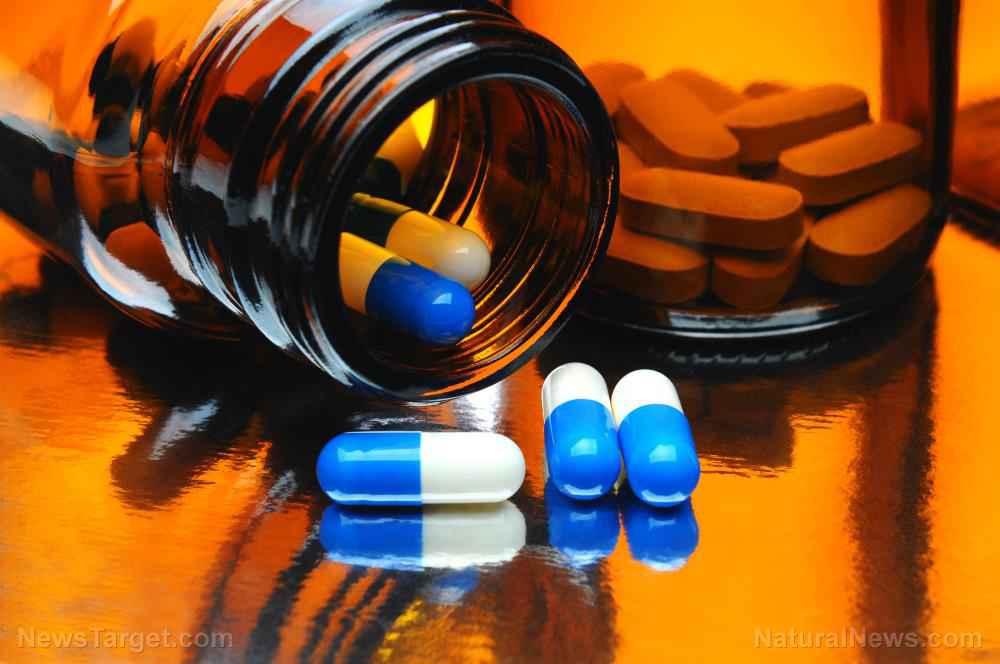
The use of steroids in the treatment of rheumatic conditions may be causing an increase in both viral and bacterial infections, according to researchers.
In a study published in the Canadian Medical Association Journal (CMAJ), researchers from the University of Leeds in the U.K. found a strong association between glucocorticoids – man-made versions of steroids that occur naturally in the body – and different forms of infection in individuals with two common rheumatic illnesses.
Polymyalgia rheumatica usually manifests as an acute onset of stiffness and pain in the shoulder and pelvic musculature, usually accompanied by fever, malaise and weight loss. If left untreated, polymyalgia rheumatica may result in significant disability.
Giant cell arteritis, on the other hand, may manifest as visual loss or diplopia, as well as abnormalities of the temporal artery such as tenderness or decreased pulsation, jaw claudication, and new-onset headaches.
Both diseases use steroids as treatment.
Steroids increase absolute risk of infections
For their study, the Leeds researchers used the electronic health records of nearly 40,000 people with either polymyalgia rheumatica (PMR) or giant cell arteritis (GCA) in England between 1997 and 2017.
The researchers observed higher absolute risks of infection when patients were taking oral steroids than when they were not taking them: 55.7 percent reported getting at least one infection; 26.7 percent required hospital admission; and 7.3 percent died within seven days of diagnosis.
“In periods with prescribed medication, patients’ risk was 50 percent higher than when it was not prescribed,” said Mar Pujades-Rodriguez of the Leeds Institute for Data Analytics, adding that the increases in risk ranged from 48 percent for fungal infections to 70 percent for bacterial infections.
According to the researchers, the most common infections reported by the respondents are lower respiratory tract infections, which accounted for 27 percent of the infections; conjunctivitis, which was reported by nine percent; and shingles, which was diagnosed in seven percent of the cases.
The steroids looked at in the study included prednisolone, prednisone, hydrocortisone and cortisone.
According to the researchers, the risk of infection was directly proportional to the dosages used, noting that the risk for infection was elevated even with low daily doses of less than 5 mg of prednisolone.
“For every increase of 5 mg in the daily dose of prednisolone, the risk of infection increased by 13%. The risk of infection also increased the longer the steroids were prescribed,” the researchers said. For individuals taking higher doses of up to 25 mg per day or more, the risk of infection nearly tripled after a one-year follow-up.
“Patients and clinicians should be educated about the risk of infection, need for symptom identification, prompt treatment, timely vaccination, and documentation of the history of chronic infection,” the authors said. (Related: Men who use steroids to bulk up risk sexual and reproductive dysfunction.)
In addition, the researchers found a “dose-response risk” between steroids and infection, noting that the higher the prescribed dose, the more likely it is for an infection to occur during its use.
According to the researchers, estimates of dose-response risk can be useful in the assessment of new glucocorticoid-sparing drugs formulated for patients who are afflicted with the mentioned inflammatory diseases.
“Steroids are effective in reducing inflammation and symptoms, but they also reduce the ability of the immune system to fight infections,” Pujades-Rodriguez said, noting that it is not recommended for patients currently taking corticosteroids to stop taking them or to change the dose without first consulting their physician.
In addition, Pujades-Rodriguez said it is dangerous for one to stop taking steroids abruptly, noting that steroids that are taken as treatments can reduce the number of natural steroids produced by the body.
“It is important that the body is given time to adjust and start producing again the natural steroids,” Pujades-Rodriguez stated.
Visit BigPharmaNews.com for more stories and studies on infections and side effects caused by prescription medications.
Sources include:
Tagged Under: bacteria, Big Pharma, cortisone, Fungi, harmful medicine, hydrocortisone, infections, infectious disease, pharmaceuticals, prednisolone, prednisone, prescription medication, Steroids, toxins, virus, Viruses

